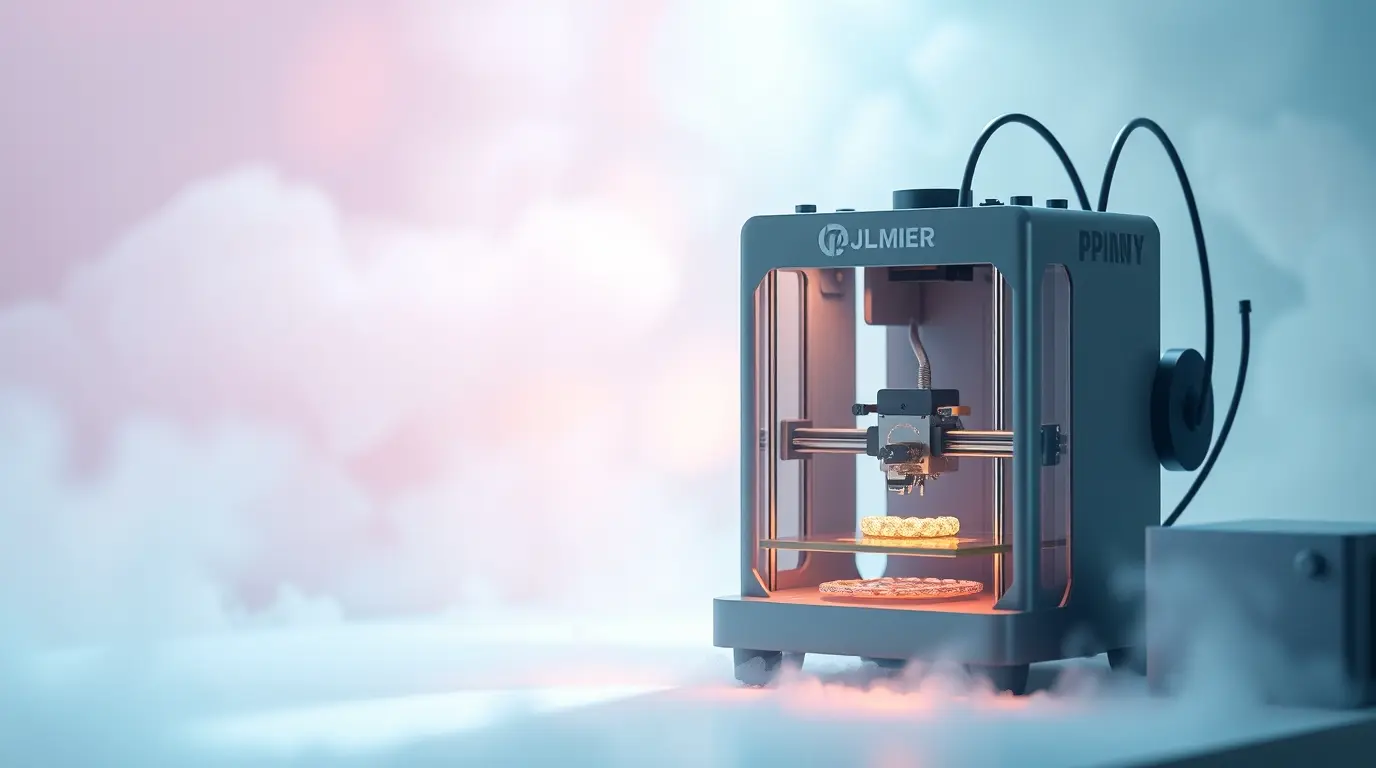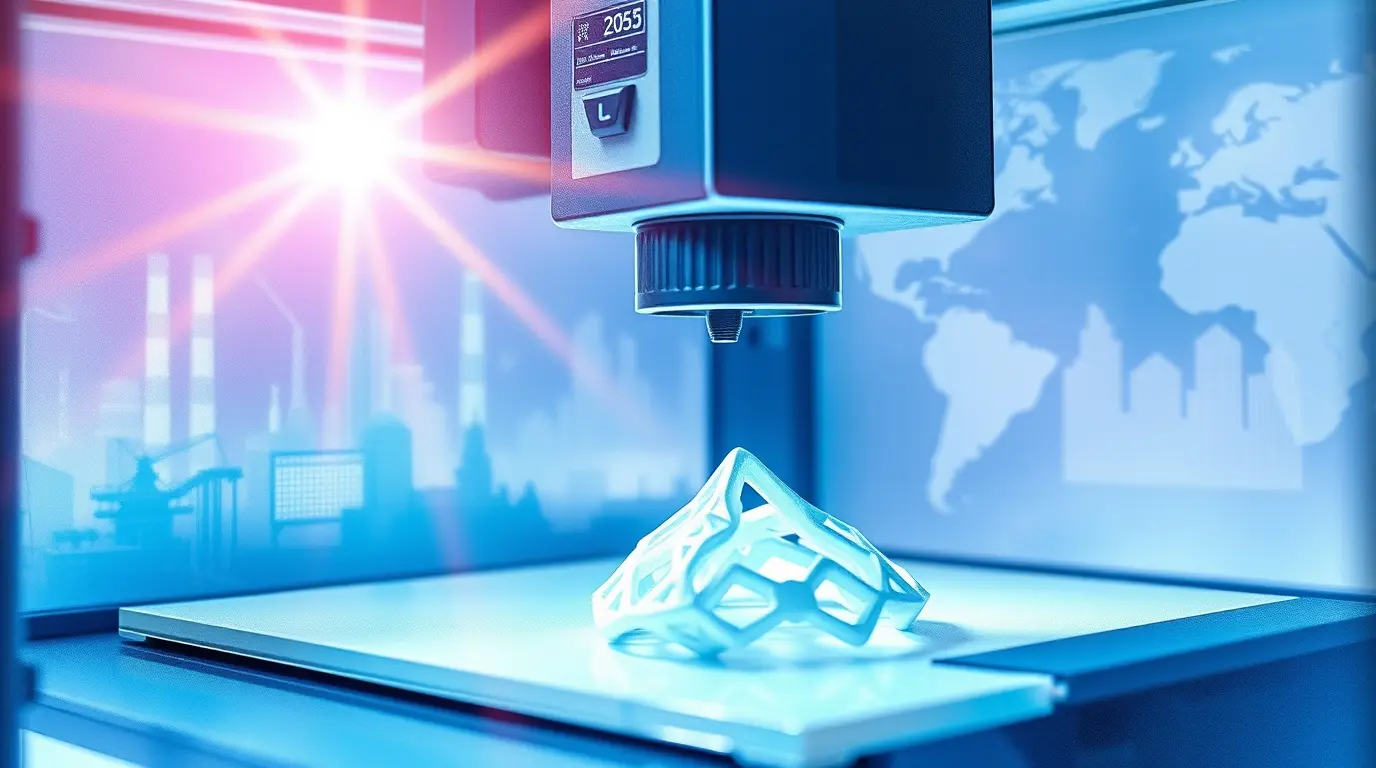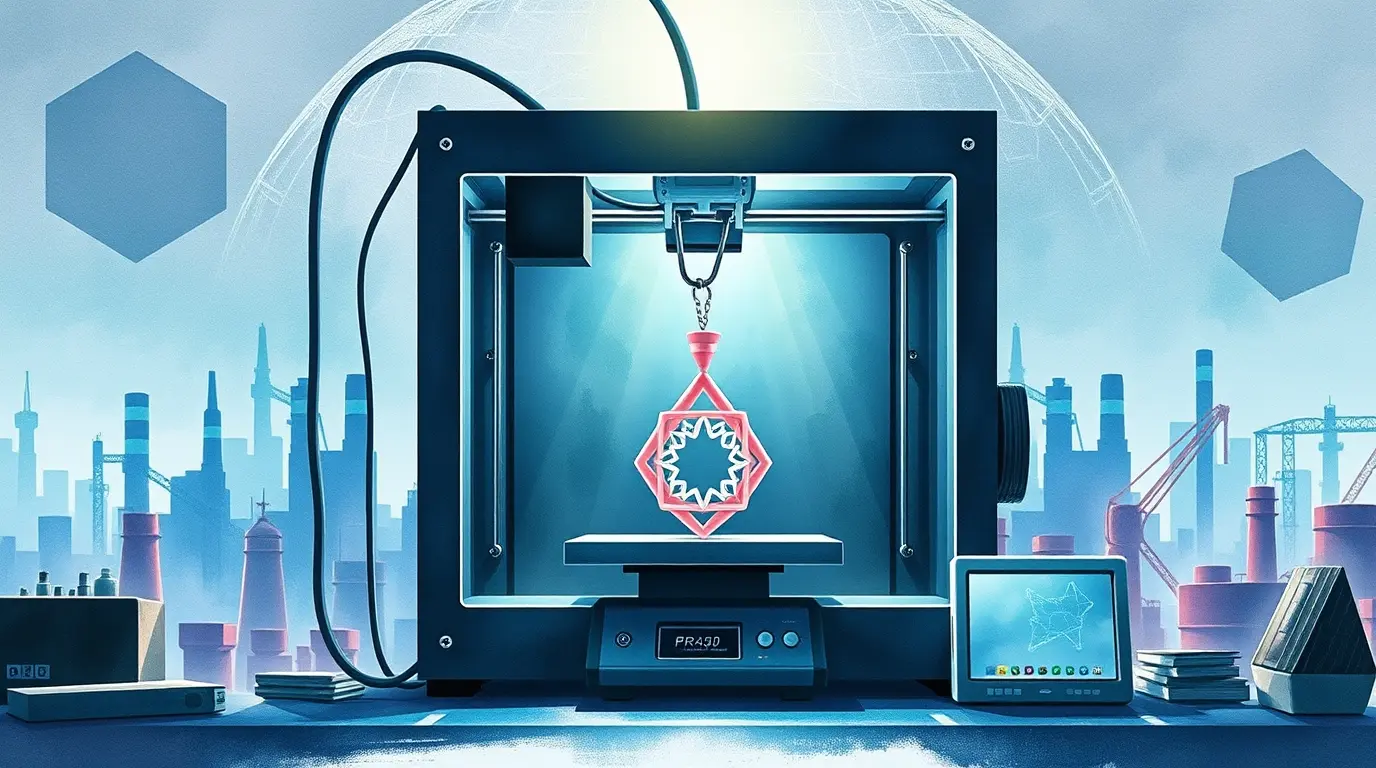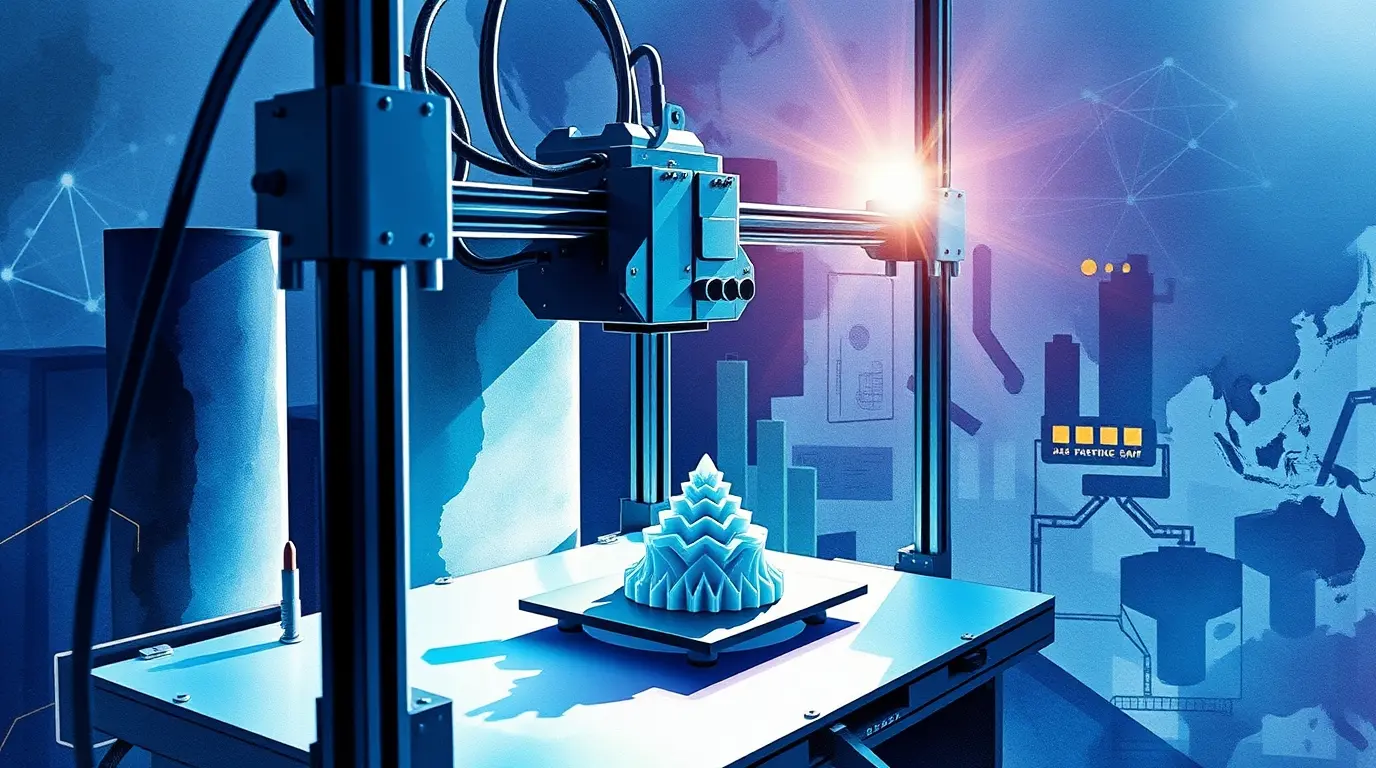Introduction:
3D printing, also known as additive manufacturing, has moved from a niche innovation to a driving force in the world of manufacturing. As we step into 2025, this revolutionary technology is set to continue transforming not only industrial production but also consumer goods, making it an exciting time for businesses and consumers alike. This blog explores how 3D printing is changing the landscape of manufacturing, from faster production times to new levels of customization and sustainability.
How 3D Printing is Changing Manufacturing:
Customization at Scale
One of the most notable advantages of 3D printing is the ability to create highly customized products. Manufacturers can now produce small batches of customized items, ranging from prosthetics to fashion accessories, all tailored to individual preferences or specifications. This level of personalization is now more accessible and affordable than ever, thanks to 3D printing's scalability.
2. Sustainability and Waste Reduction
Traditional manufacturing often generates a significant amount of waste due to the need for materials like metal or plastic to be cut and shaped. In contrast, 3D printing builds objects layer by layer, using only the exact amount of material required, reducing waste significantly. This shift is crucial for industries looking to reduce their environmental impact and adopt more sustainable practices.
3. Faster Prototyping and Production
3D printing allows manufacturers to create prototypes quickly, enabling rapid iteration of product designs. Instead of waiting weeks or months for traditional manufacturing processes, companies can design, test, and refine products in days. This can lead to faster time-to-market for new products, giving businesses a competitive edge.
Impact on Consumer Goods:
Affordable Customization
Consumer products like shoes, jewelry, eyewear, and even home decor is benefiting from 3D printing. Consumers can now design and create personalized products that fit their unique needs. For example, people can print bespoke jewelry or customized shoes that match their exact preferences, something that would have been cost-prohibitive in traditional manufacturing.
2. On-Demand Manufacturing
In the past, companies needed to maintain large inventories of products, which could lead to excess stock and waste. With 3D printing, manufacturers can produce items on demand, reducing the need for extensive warehousing. This leads to fewer unsold goods, less waste, and a more sustainable approach to consumer product availability.
3. Smarter Supply Chains
3D printing is not just transforming the products themselves but also the way they are distributed. As 3D printers become more widespread, businesses may shift from centralized factories to more localized production facilities, allowing for products to be printed closer to the point of sale. This could make supply chains more efficient and reduce transportation costs.
Looking Ahead:
In 2025 and beyond, the future of 3D printing in manufacturing and consumer goods is incredibly promising. With continued advancements in materials, speed, and accuracy, this technology is poised to continue reshaping industries, offering new solutions for customization, sustainability, and cost efficiency. For consumers, 3D printing opens the door to a more personalized, environmentally conscious, and innovative future.




How 3D Printing is Transforming Manufacturing and Consumer Goods in 2025?